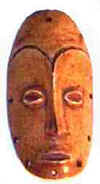 |
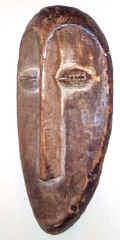 |
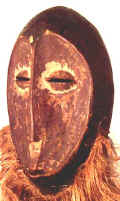 |
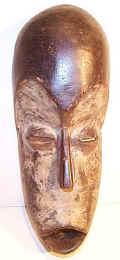 |
|
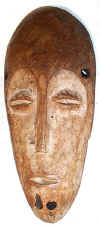 |
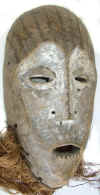 |
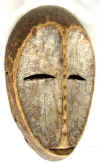 |
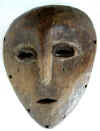 |
|
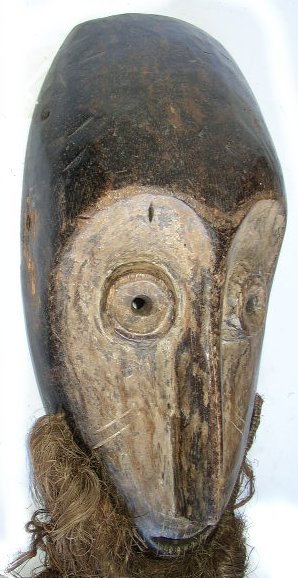 |
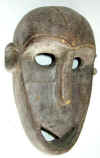 |
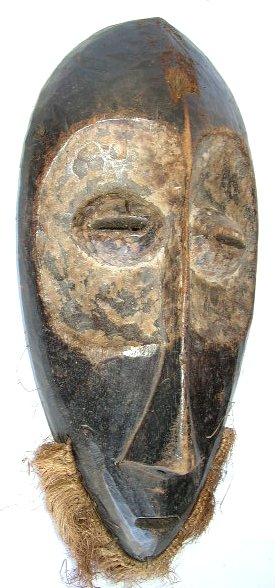 |
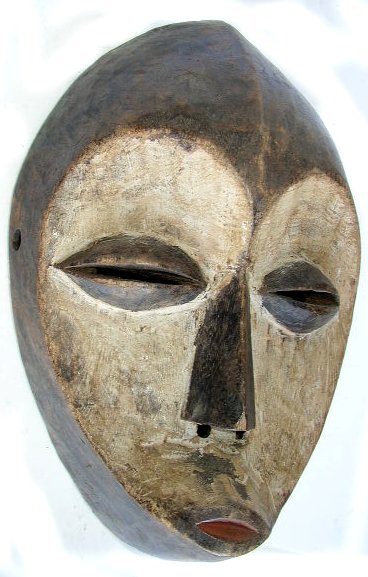 |
|
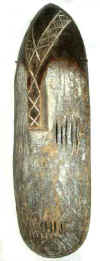 |
 |
TRIBAL AFRICAN ART
LEGA (BALEGA, BALEGGA, REGA, WALEGA, WAREGA)
Democratic Republic of the Congo
The 100,000 to 250,000 Lega inhabit the virgin forest of eastern DRC, between the great lakes and the Lualaba River, next to Luba people. The Lega do not possess a centralized political organization, and both men and women aspire to moral authority by gaining high rank in the bwami association. They live in the autonomous villages collectively situated at the summit of a hill surrounded by a palisade. They practice a mixed economy involving agriculture, hunting and fishing. Division of labor is gender based and akin to the economic patterns of other tribes living in the forest environment: men hunt and clear new land and women cultivate manioc and other crops. The function of the bwami is to regulate the social, religious, and political life of the Lega. It is conveying ethical principles and establishing social norms. Circumcision was an indispensable process that allowed entrance into the bwami. It was accompanied by the teaching of proverbs and instruction in the handling of objects endowed with moral and practical significance. The bwami was divided into several levels. To pass to the next level, a series of initiations, gifts, and payments were needed; and this meant that one had attained a certain wisdom and acquired a personal moral sense. The great ceremonies organized for the accession to the highest level would require that entire villages be constructed to house the clan of the candidate and members of the other clans who often came from very far away to participate in the festivities. The objects are frequently moved around in various containers and grouped in large number for ceremonial displays; for this reason, there is no large Lega art.
All Lega art is used within the context of the bwami society.
Originally Lega art was primarily wooden, but little by little, ivory came into use. Later many works were made of this material that allowed more complex and refined forms and a beautiful patina. The highest ranking members of the bwami association commission, own, use and interpret all Lega sculpture. The genius of the Lega artist lies in his ability to produce a work that fulfills the requirements of the bwami patron, fits perfectly within the canon, and yet is artistically unique. Various categories of objects are used in connection with the association’s activities, including anthropomorphic and zoomorphic figurines, masks, hats, and others. Each anthropomorphic figurine symbolically represents a named personage with particular moral qualities or defects that are expressed through dance and sung aphorisms in initiations to the highest grades of the association. Although quite primitive and coarse in style and execution, very expressive Lega sculpture convey the strong sense of balance, form and serenity. The Lega judge the quality of their sculpture on the basis of its effectiveness.